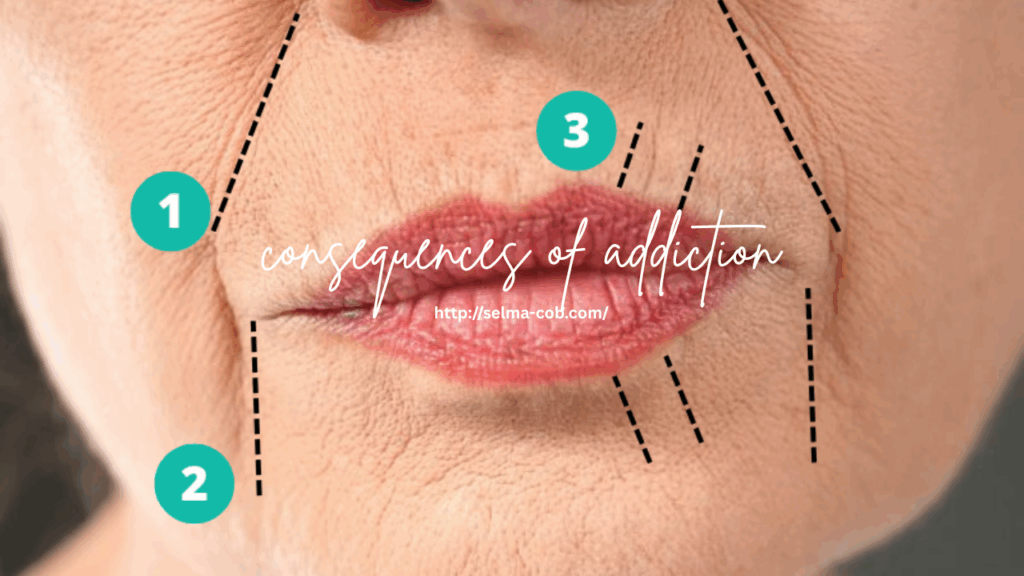
Addiction doesn’t just harm your internal organs and mental state—it leaves a lasting imprint on your outward appearance. The effects of substance abuse often show up on the skin, in the teeth, and across the body, telling a visual story of decline and distress. Wrinkles, scars, and tooth decay are among the most visible—and most stigmatizing—consequences of addiction. Understanding the toll addiction takes on physical beauty is an important step in recognizing the full scope of its damage.
Wrinkles: The Fast Track to Premature Aging
One of the first and most noticeable changes brought on by substance abuse is the acceleration of the aging process. Drugs and alcohol dehydrate the body and rob the skin of vital nutrients like collagen and elastin. These proteins are responsible for keeping skin firm, smooth, and youthful. When they break down prematurely, wrinkles and fine lines begin to appear—often much earlier than expected.
Stimulants such as cocaine and methamphetamine exacerbate this problem by tightening blood vessels and reducing circulation. With less oxygen and nutrient-rich blood reaching the skin, the process of aging speeds up dramatically. Chronic drinkers may also notice sagging skin, puffiness, and under-eye bags, all of which contribute to a worn-out, tired look.
Scars: A Permanent Reminder of Addiction’s Reach
Scarring is another common issue, especially for those using methamphetamine or heroin. These substances often lead to intense itching or hallucinations that prompt users to scratch or pick at their skin. The repeated trauma causes open wounds, which can become infected and lead to long-term scarring.
Beyond self-inflicted damage, intravenous drug use can result in abscesses and track marks, which leave behind visible scars. These marks often serve as a telltale sign of addiction, making it difficult for recovering users to shed the visual stigma of their past.
Tooth Decay: A Smile Destroyed
Tooth decay is perhaps one of the most striking and irreversible consequences of addiction. “Meth mouth”—a term commonly used to describe the severe dental damage in methamphetamine users—includes blackened, rotting, or missing teeth. The condition is caused by a combination of dry mouth, poor dental hygiene, teeth grinding, and the highly acidic nature of the drug itself.
Alcohol and other drugs also contribute to oral health issues by decreasing saliva production, increasing sugar cravings, and compromising the immune system. These factors accelerate tooth decay and gum disease, leading to chronic pain, tooth loss, and a drastically altered smile.
Conclusion
Wrinkles, scars, and tooth decay are more than just cosmetic issues—they are painful, visible reminders of the price of addiction. The changes can be so severe that they alter a person’s entire appearance, impacting self-esteem and social interactions. Yet, there is hope. With recovery, proper healthcare, and time, many of these effects can be managed or even reversed. By facing the beauty cost of addiction, individuals may find greater motivation to seek help and begin the journey toward healing—inside and out.